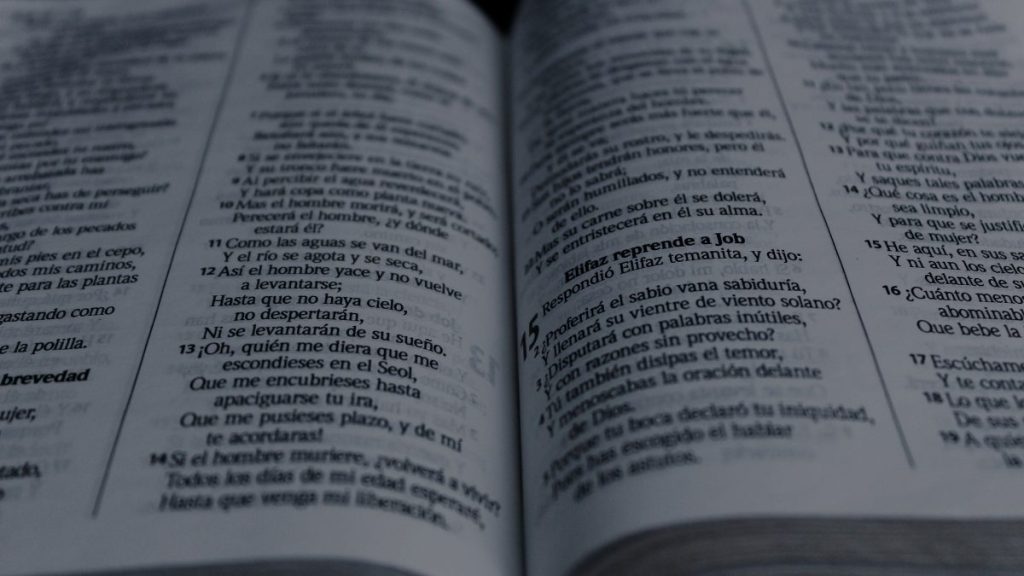Baú: Dicionário Bíblico e versículos na Bíblia
Baú – Dicionário Bíblico de Easton
Baú
(Heb. ‘aron, geralmente traduzido como “arca”), o cofre no qual as contribuições para a reparação do templo foram colocadas (2 Reis 12.9 2 Reis 12.10; 2 Crônicas 24.8 2 Crônicas 24.10 2 Crônicas 24.11).
Em Gênesis 50.26 é traduzido como “caixão.” Em Ezequiel 27.24 uma palavra hebraica diferente, genazim (pl.), é usada. Lá significa “baús de tesouro.”
Easton, Matthew George. “Entrada para Baú”. “Dicionário da Bíblia de Easton”.
Baú – Dicionário Bíblico de Smith
Chest.
By this word are translated in the Authorized Version two distinct Hebrew terms:
Aron; This is invariably used for the ark of the covenant, and, with two exceptions, for that only. The two exceptions alluded to are (a) the “coffin” in which the bones of Joseph were carried from Egypt, (Genesis 50:26) and (b) the “chest” in which Jehoiada the priest collected the alms for the repairs of the temple. (2 Kings 12:9 2 Kings 12:1 – 2 Reis 2 Chronicles 24:8-11)
Genazim, “chests.” (Ezekiel 27:24) only.
Smith, William, Dr. “Entry for ‘Chest’”. “Smith’s Bible Dictionary”. 1901.
Baú – Enciclopédia Internacional da Bíblia Padrão
Chest
Apoie Nosso Trabalho
Faça agora uma contribuição para que possamos continuar espalhando a palavra de Deus. Clique no botão abaixo:
Chest (‘aron, genazim; kibotos):
(1) The ark of the covenant in Old Testament is invariably denoted by the word ‘aron, elsewhere rendered the King James Version and the Revised Version (British and American) “chest.”
(2) ‘Aron is also the word rendered “coffin” (
Genesis 50:26
:“And he was put in a coffin in E.”).
(3) In Kings and Chronicles (
2 Kings 12:9,10
;2 Chronicles 24:8,10,11
) ‘aron stands uniformly for a money chest. It is the “chest” that Jehoiada, the priest, placed in the court “beside the altar” and “bored a hole in the lid of” that the priests might “put therein all the money that was brought into the house of Yahweh” (2 Kings 12:9
); and “the chest” that King Joash commanded to be made and set “without at the gate of the house of Yahweh” to receive “the tax that Moses the servant of God laid upon Israel” (2 Chronicles 24:8,10,11
). One feature is common to the thing meant in all these applications–the c. was rectangular in shape, and, most probably in every instance, made of wood.(4) Josephus (Ant., VI – Ezequiel 1.2) uses the equivalent of the word to denote the “coffer” (
English Versions), or small chest, in which the princes of Philistia deposited the gold mice.(5) In New Testament times the “chests” that were provided in the court of the women, in the temple of Herod, to receive the various kinds of money gifts had the exceptional shape of a trumpet (if Sheqalim, vi.5 may be trusted)–wide at the bottom and gradually narrowing toward the top, hence, called shopharoth.
It was into these that the Master was watching the multitude casting in their money when He saw the poor widow cast in her two mites (
Mark 12:41,42
).(6) In
Ezekiel 27:24
, where the prophet is giving an inventory of the merchandise of Tyre, another word entirely is used (genazim), and it is rendered in the King James Version and the Revised Version (British and American) “chests” (“chests of rich apparel, bound with cords and made of cedar”). According to Cornill, Davidson, Smend and others this rendering is without sufficient support.George B. Eager
Orr, James, M.A., D.D. General Editor. “Entry for ‘CHEST’”. “International Standard Bible Encyclopedia”. 1915.
Apoie Nosso Trabalho
Faça agora uma contribuição para que possamos continuar espalhando a palavra de Deus. Clique no botão abaixo:
